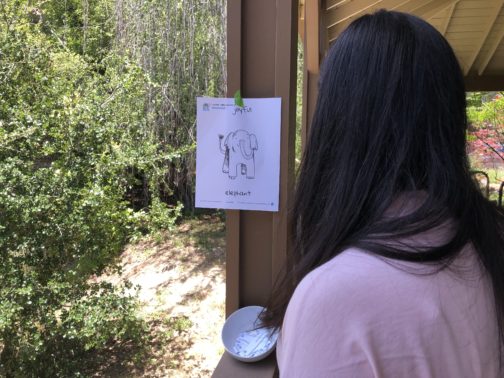
Feeling Walk
At this station you and a partner or small group will explore how you feel about different situations.
Read more
At this station you and a partner or small group will explore how you feel about different situations.
Read more
In this activity, you will learn about the sustainable development goals and think about what actions you can take to help support them while making a shareable craft.
Read more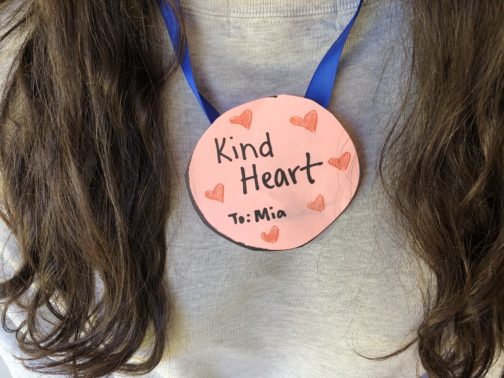
At this station, you’ll practice showing appreciation of each other and contribute to others feeling good about themselves.
Read more
What makes someone honest, caring, kind or brave? Are these qualities reserved for some people but not others? In this activity children sort qualities by gender and have discussions about gender stereotypes.
Read more
What makes someone honest, caring, kind or brave? Are these qualities reserved for some people but not others? In this activity, children sort qualities by gender and have discussions about gender stereotypes.
Read more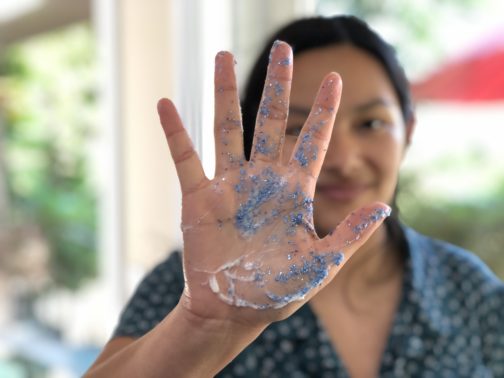
Taking care of yourself helps us take care of other people. One of the easiest ways to prevent the spread of bacteria is washing your hands.
Read more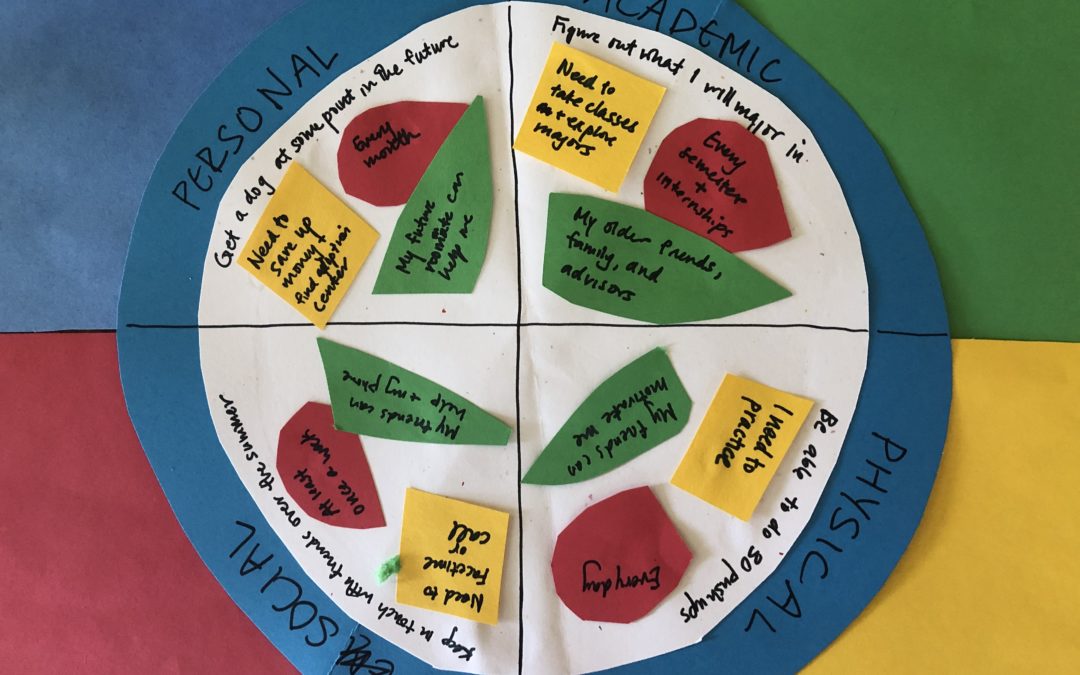
Setting Goals is a proven way to empower people and help them achieve (their own definition of) success. This activity will shows kids a fun (and yummy!) way to set goals and take action steps toward reaching them.
Read more
Practicing gratitude is linked with so many benefits, how can we teach our children to grow up with an “attitude of gratitude”? In this activity, kids (and adults!) will make art about what they are grateful for, then they will send the art to someone they love.
Read more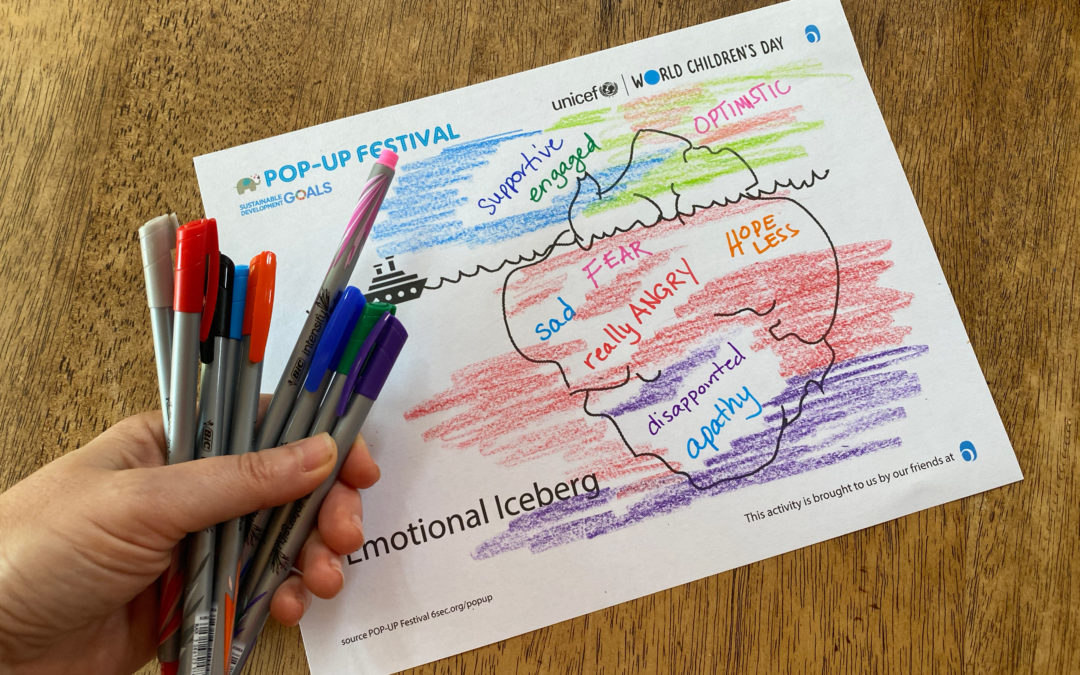
Think of an iceberg; what is visible above the ocean surface is only a small part of the whole. Create an Emotion Iceberg about climate change to explore your ideas and your feelings that are underneath your ideas.
Read more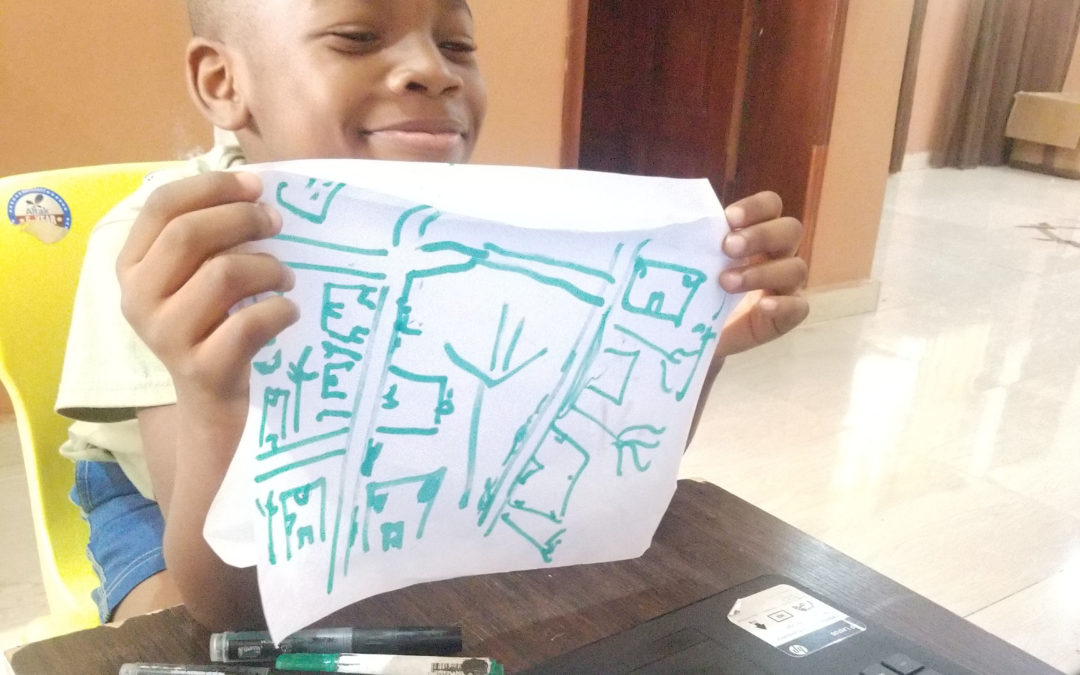
Look at different kinds of communities to explore the key ingredients of a community.. Then, creatively express ideas of your own ideal sustainable community.
Read more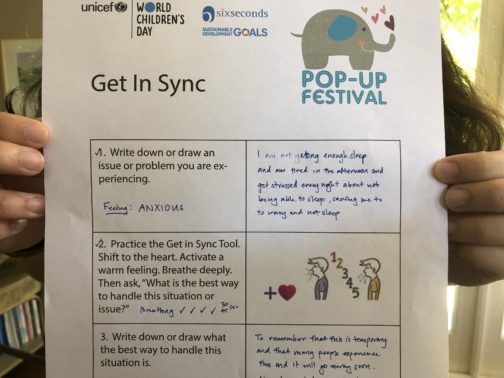
We are now going to learn a simple tool that helps with problem solving. By learning to get more in sync–when we are functioning at our best – our thinking brain is more active than our reactive brain–we can more easily come up with possible solutions. To begin with, choose a small or modest-sized problem or issue. It does take practice to become good at this skill.
Read more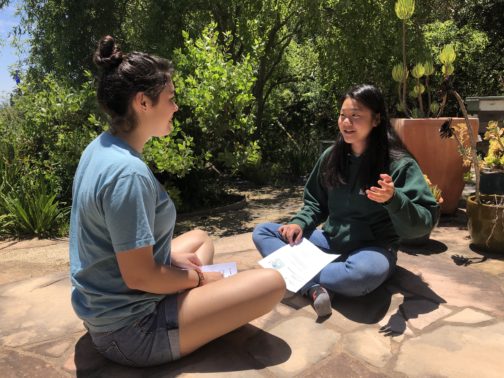
This game involves focused listening and understanding with a partner. Listening is one of the more difficult skills to develop. It takes time and practice to become a good listener. Oftentimes, our own points of view and emotions color what we hear other people saying. It takes practice to quiet down the thinking brain and listen with an open heart and mind. Part of listening involves intuition–the ability to sense what someone is meaning without the person actually saying it.
Read more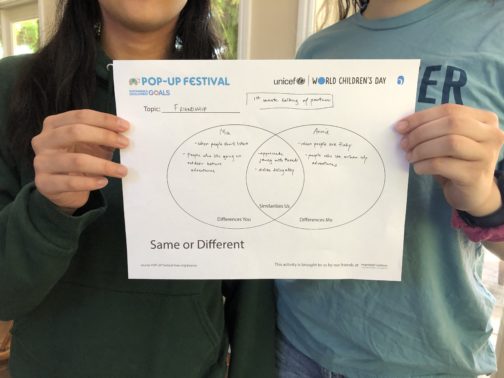
At this station you’ll try out an exercise that compares what is the same and what is different between you and another person.
Read more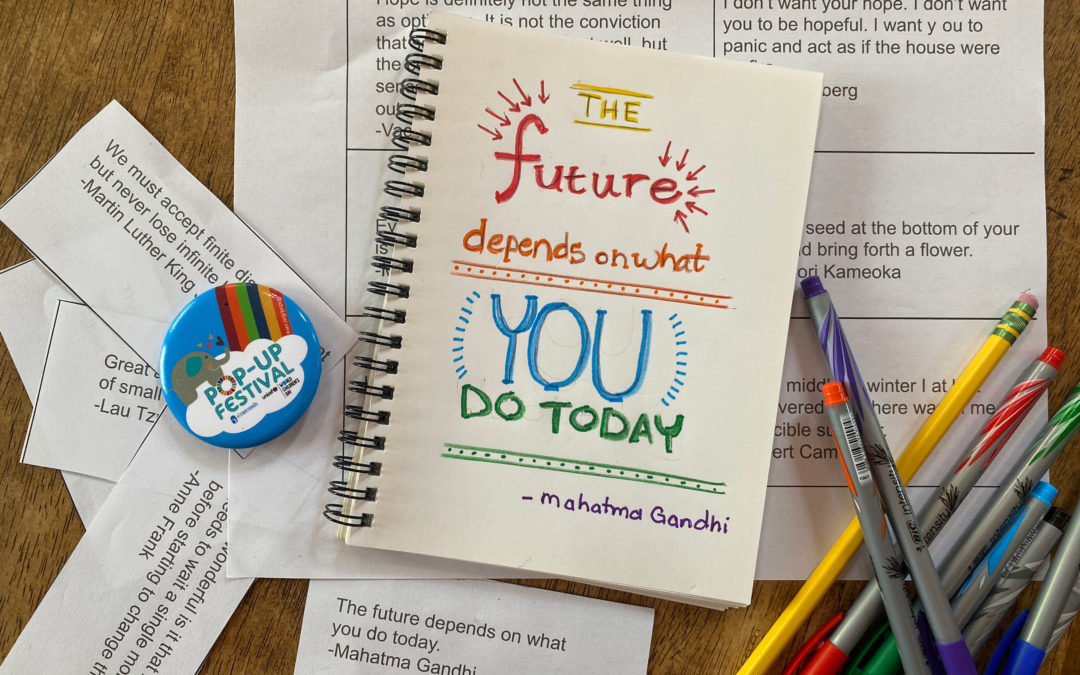
What fuels your commitment to work toward SDG13? Inspired by a quote, you’ll make a reminder about your hope and action plan for Climate Action.
Read more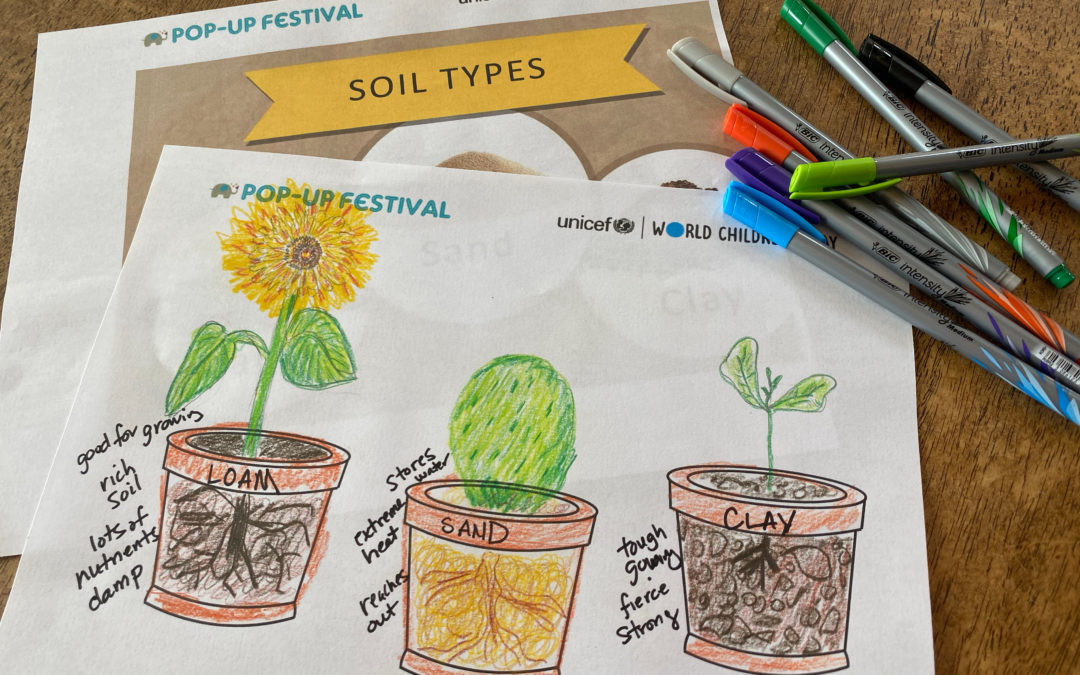
Think of how plants grow in all kinds of soil. What are some of the things that help them? Kids will talk about and draw adaptations for plants in different conditions and consider their own “soil” where they grow.
Read more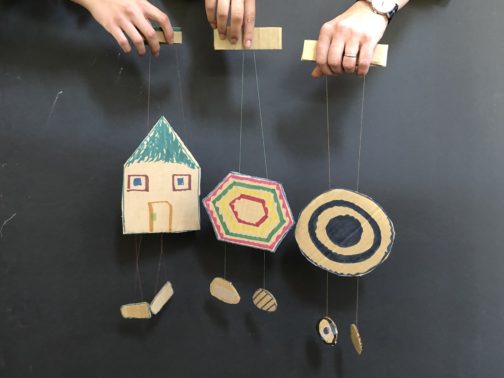
In this activity, children will make their own puppet show using homemade marionettes to explore different situations around hunger and sharing food.
Read more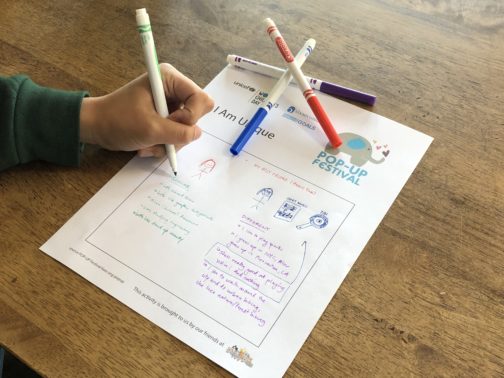
At this station you’ll draw a picture of yourself and one of your best friends.
Read more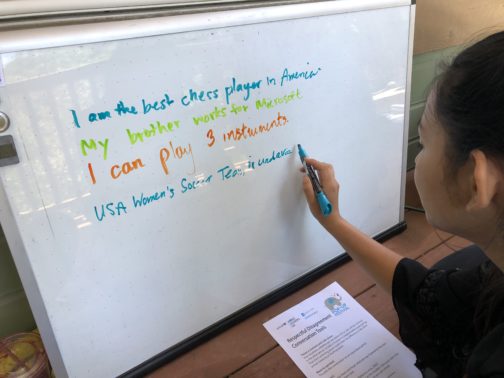
Asserting disagreement in respectful ways.
Read more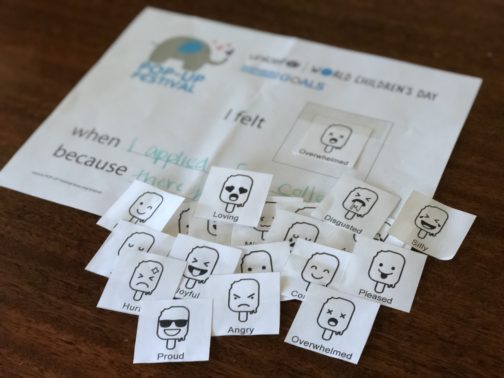
Understand your own emotions by sharing situations when you feel various emotions.
Read more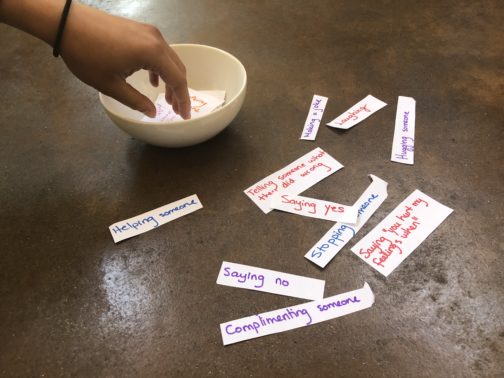
Kindness can be deeper than “please” and “thank you.” But it can be confusing sometimes when if actions are mistaken. How can we show kindness? How can we be clear about our intentions to do good for others?
Read more